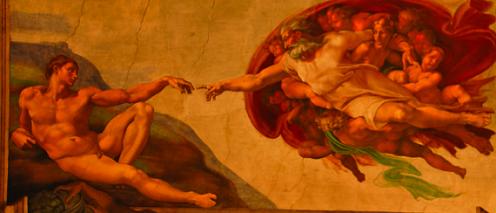
A Canticle for Leibowitz
Some evangelical theologians hold that the soul is not a separate entity from the body but rather the pattern or coherent structure of the self. This view is called “monism.” However, monism does not necessarily reduce a soul to its physical components. Rev. John Polkinghorne, for example, uses the phrase “dual aspect monism” to clarify that his view does not simply view the soul in physical terms.
Other theologians hold to the view of “dualism,” maintaining the separation between body and soul. Dualism, like monism, brings with it its own set of questions and complexities. How, for example, does the soul interact with the body and the brain? When did humans first acquire this separate soul?
That humans live and breathe and have their being in relationship to
God is one of the deepest mysteries of our existence, so the fact that no simple or definitive explanation of the soul exists should come as no surprise. However, whether one holds to “monism”, “dualism”, or some variation of the two, the existence of the soul is in no way threatened by the BioLogos view.
For more on the soul and the “Image of God”, be sure to read “At what point in the evolutionary process did humans attain the “Image of God’?” in our Questions section.

